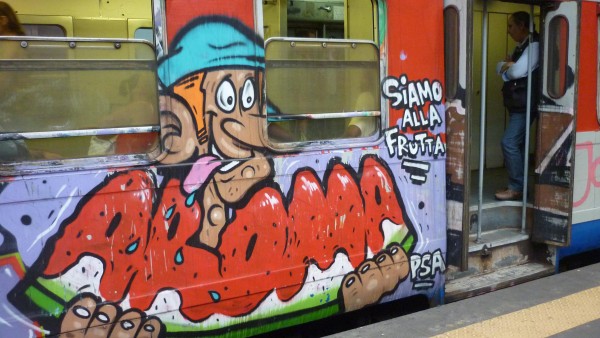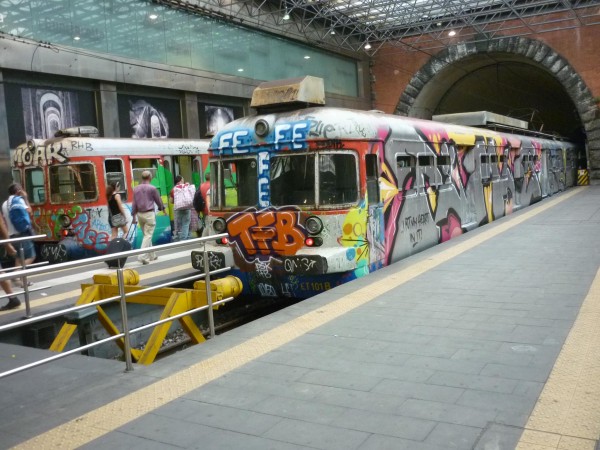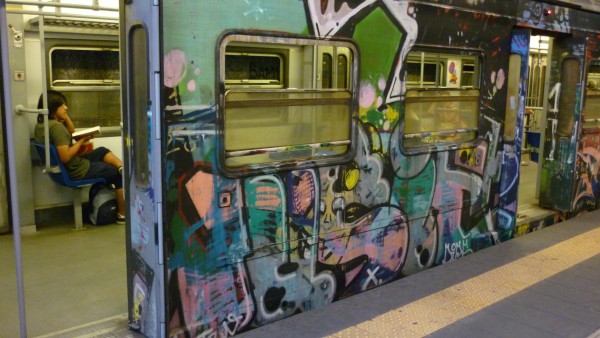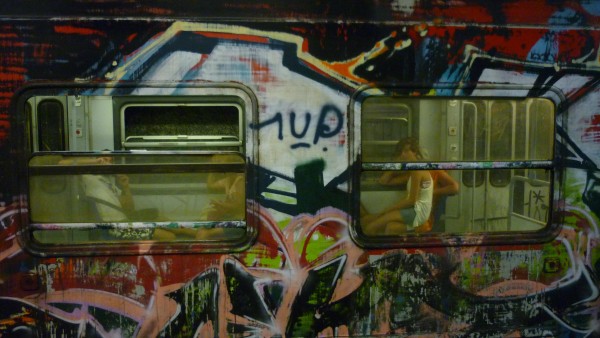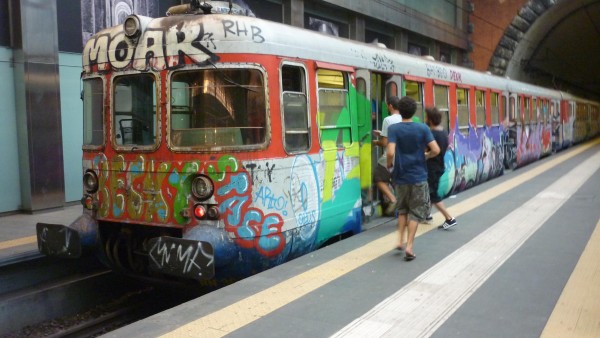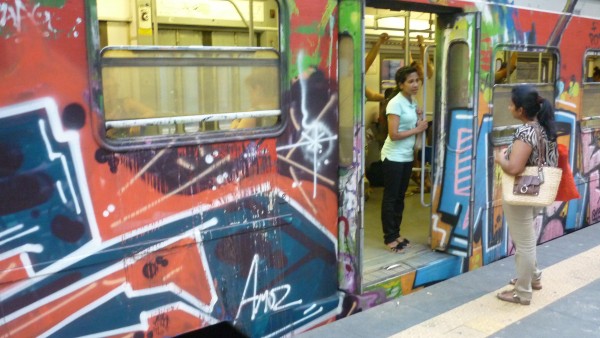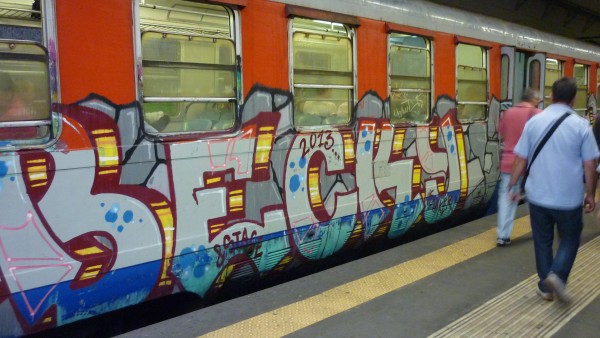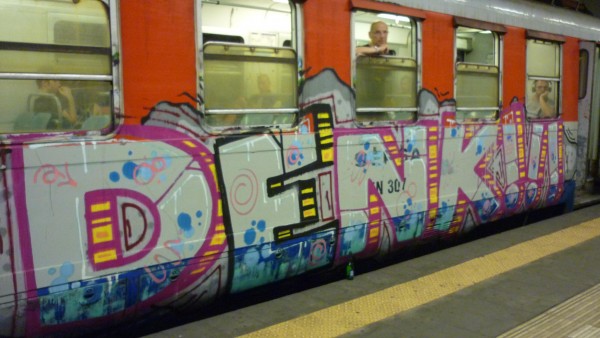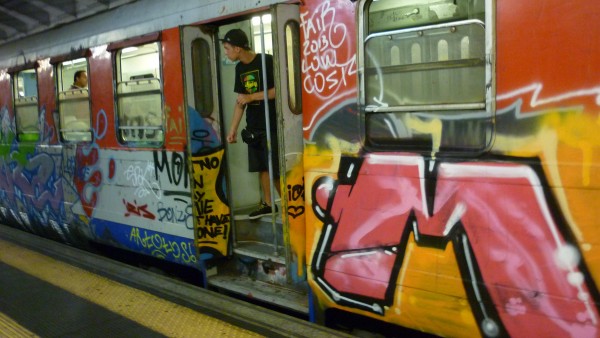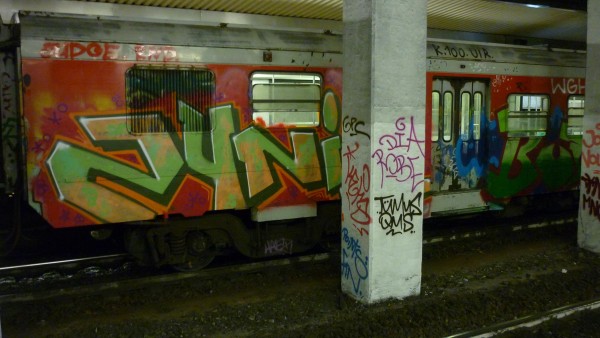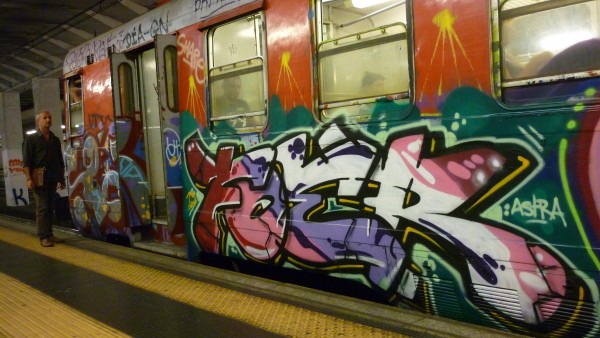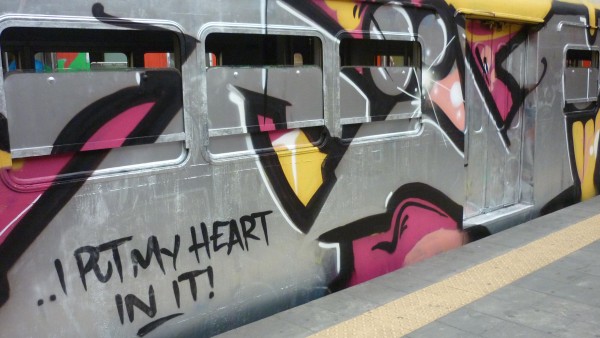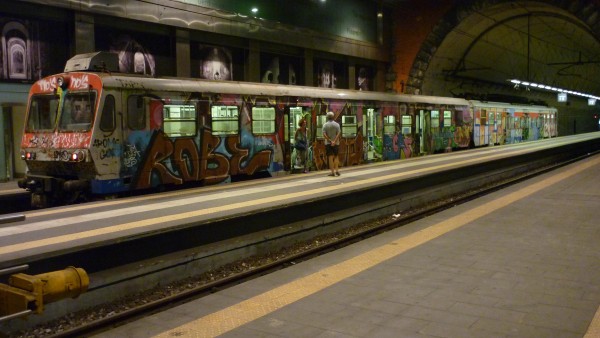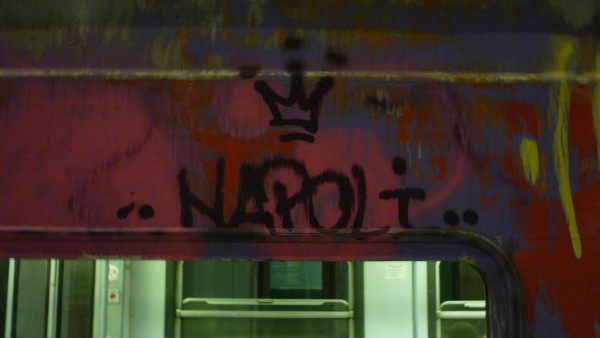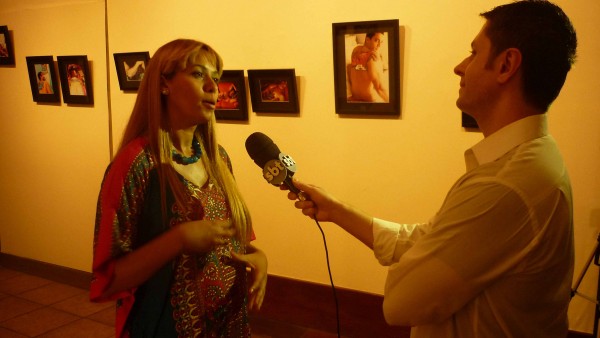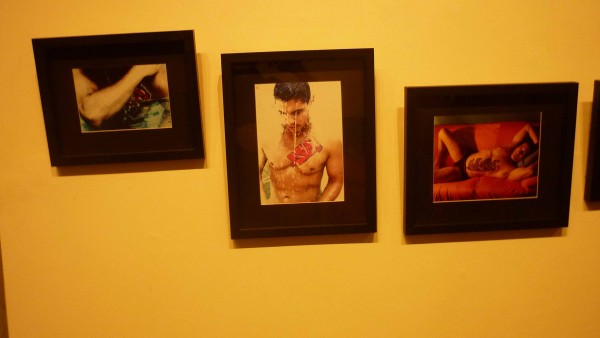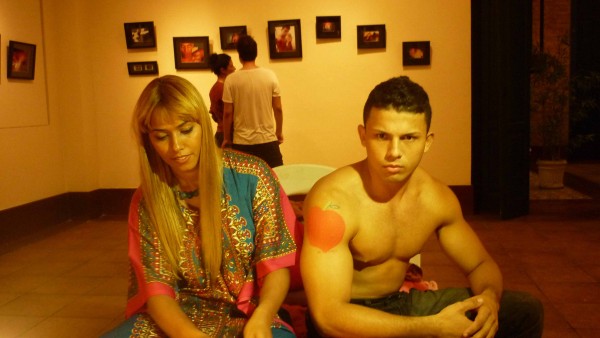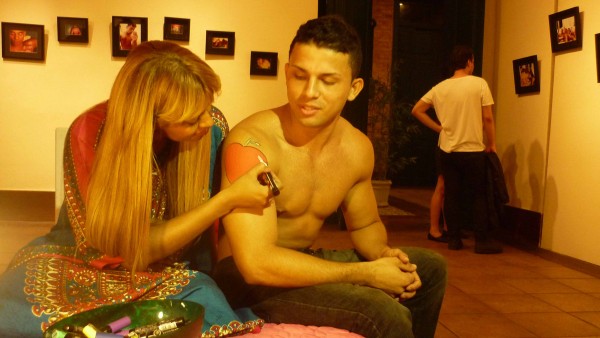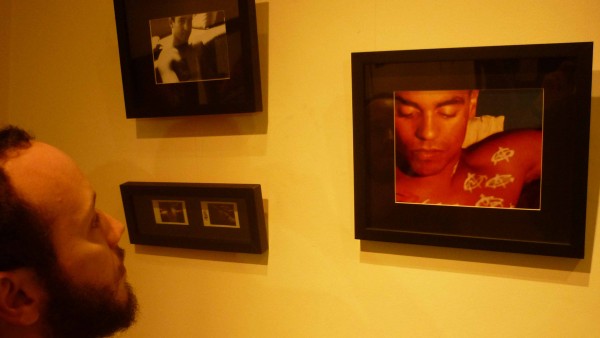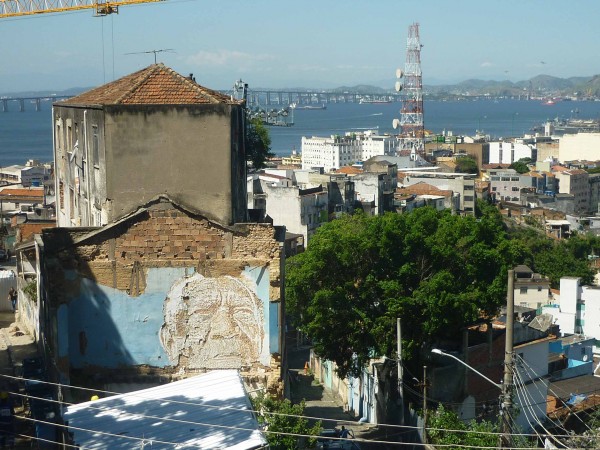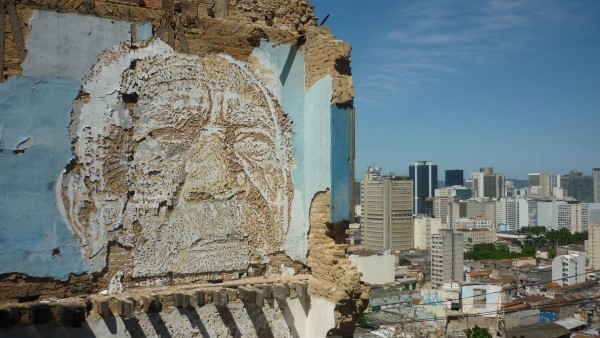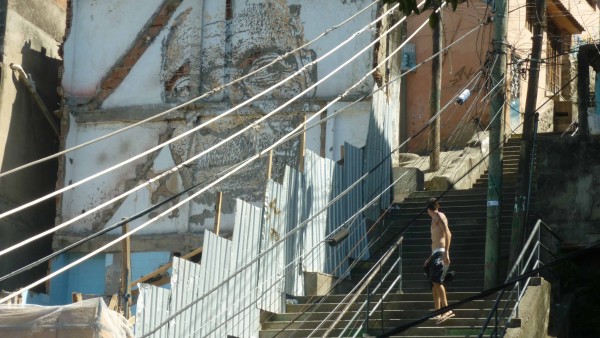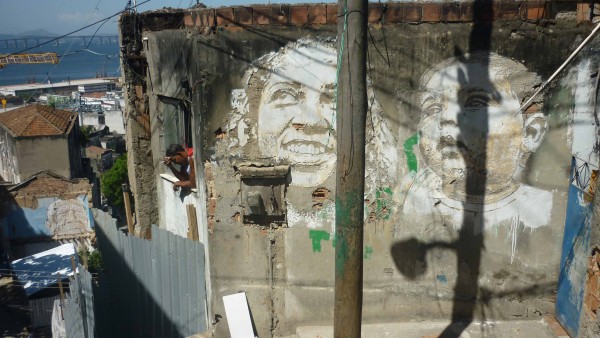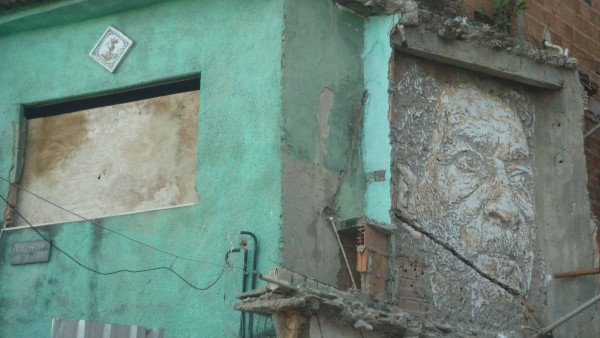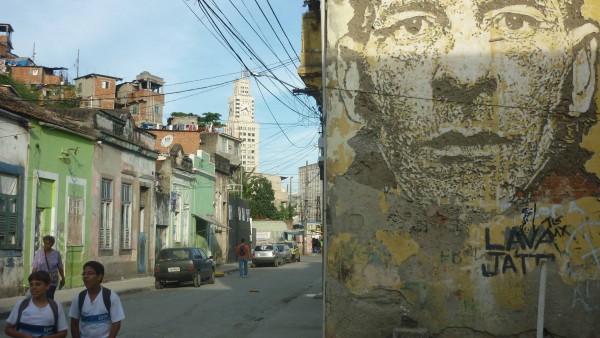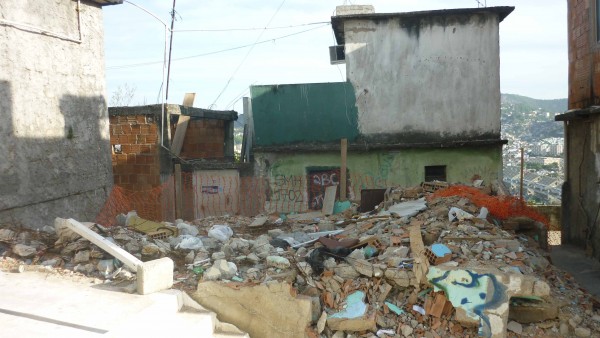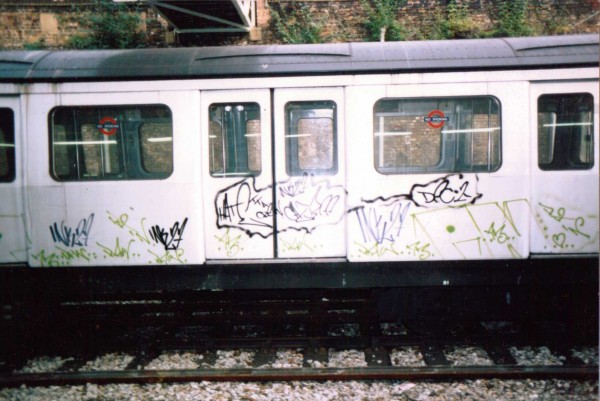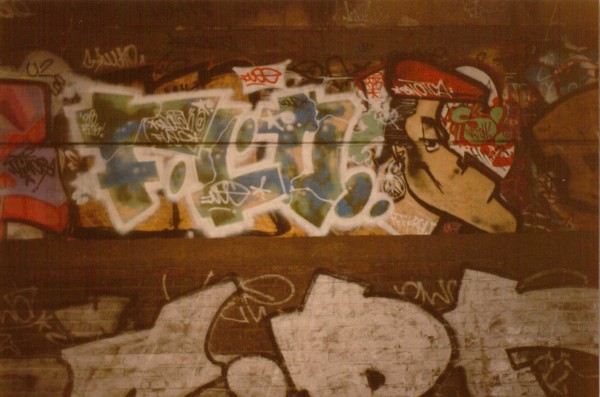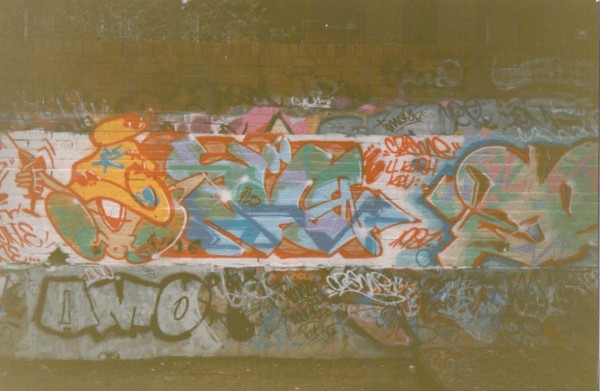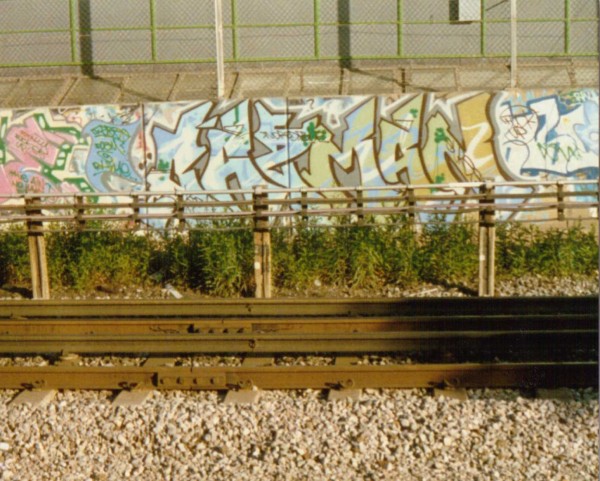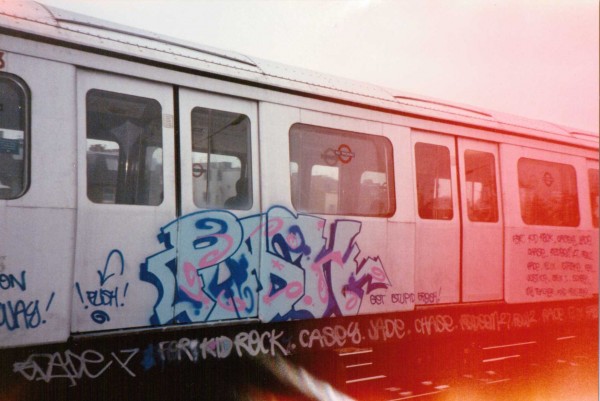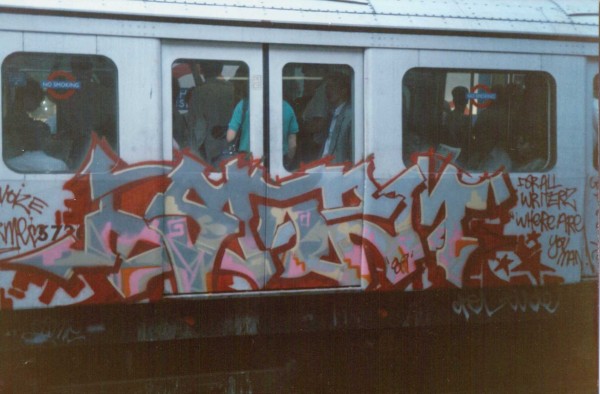S.A.B.I.O.
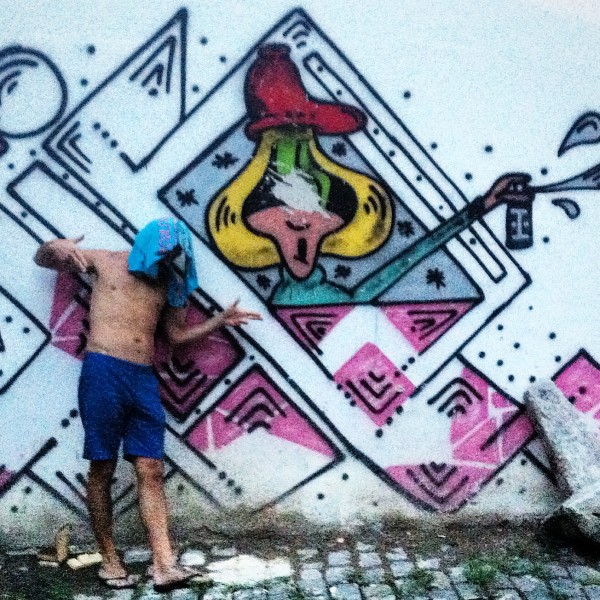
“I was born and raised to Brazilian parents in Philadelphia and initiated into this culture at an early age. In 1985 I was 10 years old. I got into break dancing. In Philadelphia you have row homes. One block is 24 homes. I lived on the end house. Older kids would breakdance on the corner. While my mother asked how my homework was going, I was looking at them out of the window.”
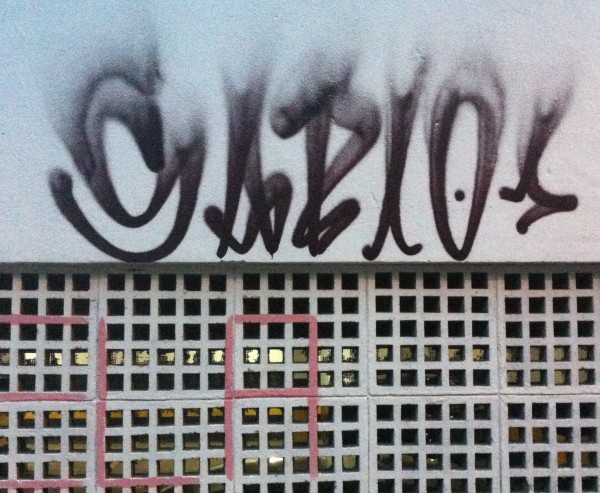
“It was the biggest thing I had seen in my life: people spinning on their heads, spinning on their backs, doing tricks with their bodies. The cardboard they spun on was covered in symbols and tags. I wanted one of my own. I quickly wanted a name.”
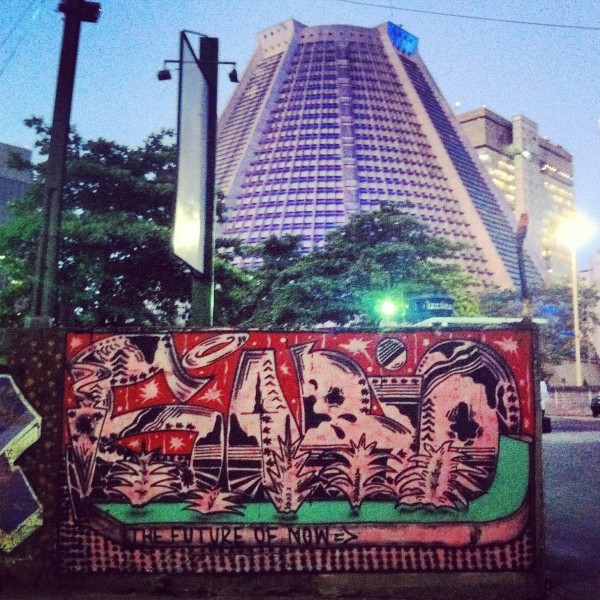
“Philadelphia has its own tradition as far as graffiti is concerned. It’s epically known. We called our signatures slams, wickets, top to bottoms, bogies, gangster script, flares, simples and prints. Philadelphia birthed these and New York, LA, Seattle, Chicago and Baltimore adapted them.”
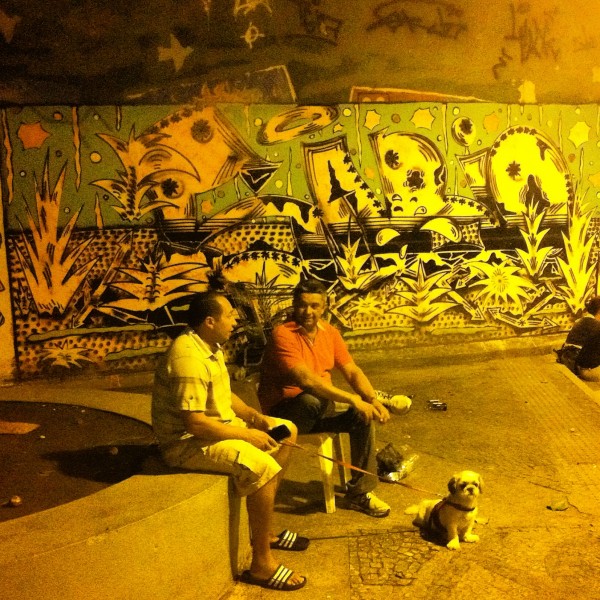
“S.A.B.I.O. stands for Supreme Articulation Bouncing In Orbit. It means I’m an articulate person in a universal setting. In English, “sabio” means “someone who knows”. I’ve always been attracted to questions of history, culture, language and anthropology. Where do people come from? What does this language or symbol mean?”
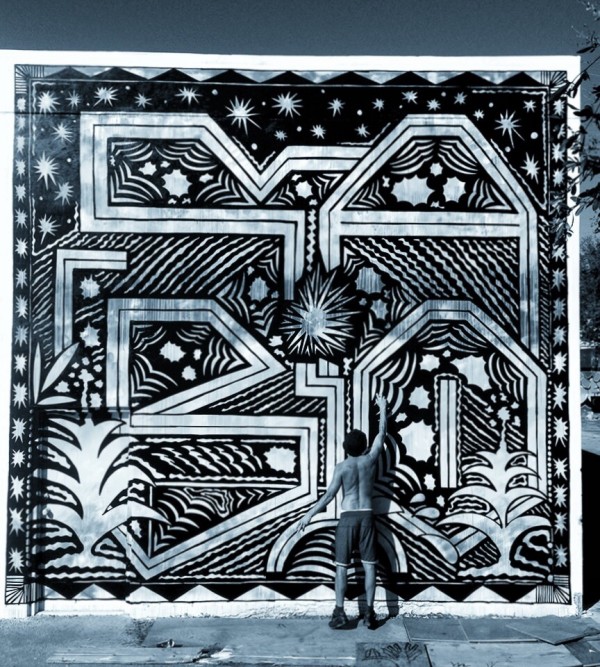
“It’s important to understand why people write graffiti and what their motives are. There’s always a deeper meaning: the will to do good, the quest to know oneself as a person and articulate that knowledge through this energy. To “bomb” or risk one’s freedom must come from somewhere within. For myself and many others, a quest to understand why we are here on earth, to “mark” your existence. This leads to questions. Why do you want to contribute? What do you want to share on earth?”
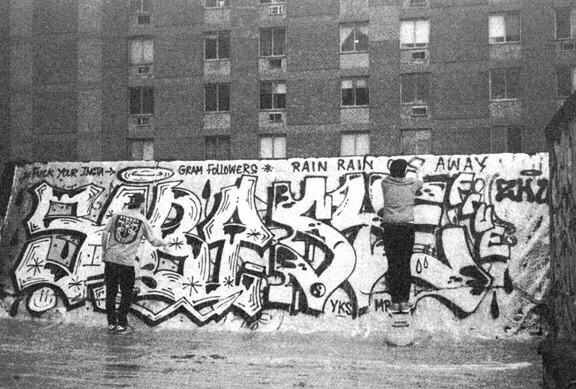
“Graffiti is one big story. Stories are what make culture. Graffiti is the voice of the streets. The streets are the cities; cities represent civilization. Graffiti is the common denominator, the bottom of the barrel. Graffiti saved my life. It’s my identity. It’s what I was born into, what I grew up with, and what I continue to flourish in.”
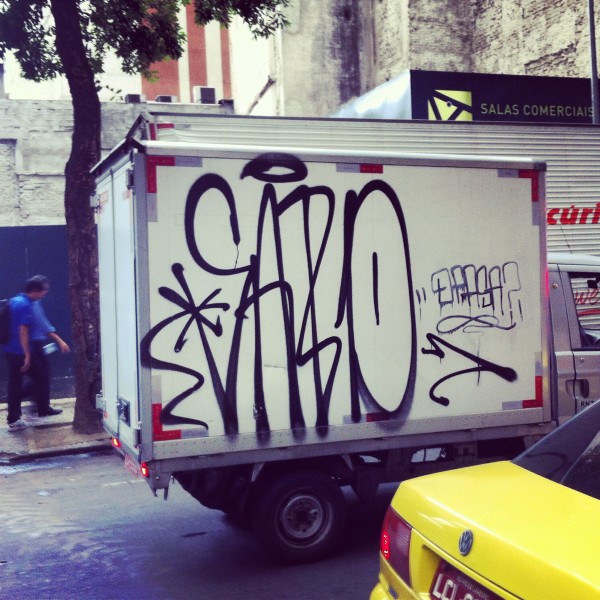
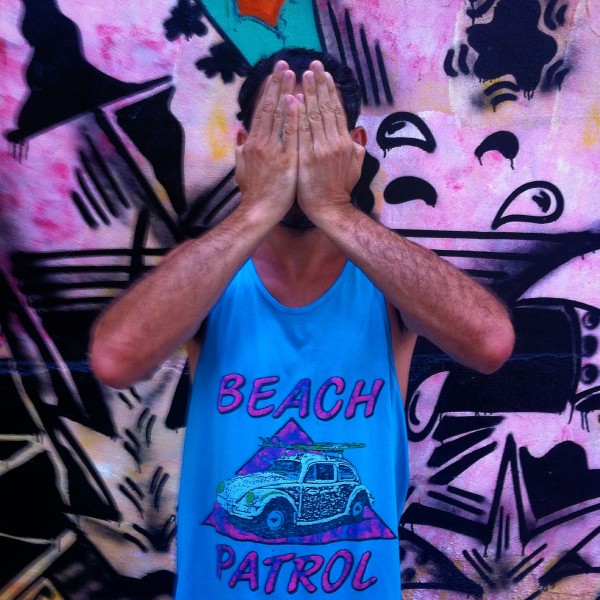
[Images: Damian Platt/Sabio]



